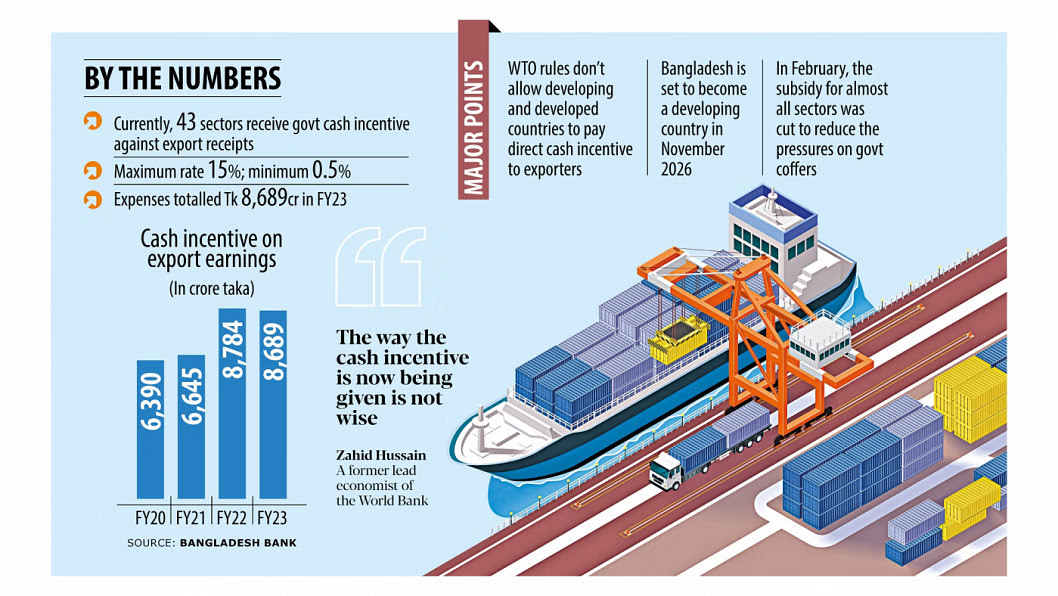The Covid-19 lockdown took every industry of the world by storm. The garment industry of Bangladesh was not an exception. Dr. Rubana Huq, the first elected female President of Bangladesh Garment Manufacturers and Exporters Association (BGMEA) had a very thought-provoking and interesting talk with Akber (Al) Hakim, the Managing Director and CEO of Engineering Resources International (ERI) Ltd. very recently. The conversation covered Dr. Rubana’s thoughts on the current predicament of our garment industry, the vicissitudes we went through this pandemic period, our preparation for the second wave and the inadequacies of capturing foreign markets. She also mentioned our strength in sustainability and compliance as well as our hopes and opportunities in the future. The interview with Dr. Rubana Huq opened up some scopes of thinking and some intriguing questions to ponder on. We are covering the gist of it.
We are entering into a very risky phase
In March Bangladesh apparel had a minus 86% growth and in April it had a minus 62%. We recovered slightly in August with more than 3.3% increase and in September it was again down to 2.56%. According to Rubana, at least 90% of the orders have come back but with a huge liability including buyers asking for deferred payment up to 6 months and beyond. Rubana Huq identifies ‘loose contracts with the buyers’ as one of the root causes. That’s why she emphasizes on the scheme to have stronger contracts with the buyers. Though the cancellations are back, the financial liability is huge at our end and many of the buyers are also asking for discounts. This trend is an absit omen for our industry as Rubana said, “We are entering into a very risky phase.”
The second wave of Covid-19: are we prepared?
Following the months of lockdown, when the economies got reopened to stem the pandemic, the numbers of infections have started galloping in different European countries which is being feared as the second wave of the pandemic. Are we prepared for tackling the second wave?

Rubana said, “….if that comes in the west that of course impacts our production” because of having a symbiotic relationship, our production is highly dependent on the western world -“no demand, no supply.” But Rubana sees positivity in the non-traditional markets as it is gradually emerging. “We have a reason to be worried,” she said. She also assured us that we have some optimistic scenarios to look at. America’s increasing support to us for the US-China trade war, their investigation of Vietnam’s currency manipulation are creating some opportunities for us to benefit from. She said, “I’m hoping that we won’t suffer and for how long are consumers not going to buy? In general, I think, we will be able to withstand the shock.” Right now PPE (Personal Protective Equipment) is a great example of product diversification. Recently Bangladesh exports at least $600 million worth of PPE to the western countries. So it implies that there will be alternative markets and diversified products to pick on. She emphasized the need to have an inward-looking economy so that we can turn to our domestic needs. She also aspired on exporting to ASEAN-plus-one apart from the west for geographic diversification.
Need concentration on producing man-made fiber
Statistics says Vietnam bagged the highest benefits from the US-China trade war, through exports of apparel goods in 2019. In the US, they solely bagged an increase in export orders of $1.34 billion or 54%. But Bangladesh managed to grasp only 21.30% in the US. To explain the fact she said, “With China, we have at least 30 overlapping products; out of which on 16 we have not seen any increase. The increase from any business out of America which could come our way would be on man-made fiber-based garments. So it’s all man-made fiber for which we are not ready.” The demand for lingerie is going up in America. According to her non-cottons are something that we should be all concentrating on. But we are not being able to grab the market because we don’t have those production units. She said, “We are so cotton-based when the world is going non-cotton, we are going cotton. There are often product mismatches which is responsible for not having enough business from America.”
We have green factories but do we have green prices?
“….500 factories are almost in the pipeline of being certified by LEED for being green and 125 have been already certified,” Rubana Huq said.
The world’s top 3 green factories are in Bangladesh. “So we have world-class infrastructure. But yes the hypocrisy does not come from our end. It comes from many of the buyers’ ends. Because the buyers talk about sustainability and they don’t think about sustainable livelihoods,” Rubana said. According to her “there’s a big dichotomy between sustainable sourcing and sustainable supply.” She said, “…discourse of business environment must also come in. it cannot be just about what we are not doing right, it has to be about what each one of us whether it’s the industry, labor or brands. “Just consuming one jacket-less has a huge impact on us. But at the same time can we tell our stories better to western consumers? Can we tell them that the lives that depend on their consumption are actually at risk when they don’t? So how can we also get better? Because at our end we are going climate positive, we are going for zero waste, we have signed up with the UNFCC, C Charter, so there is nothing that we are not doing to ensure that we are compliant with the global call for sustainability. But where is the active participation of the brands being accountable to that entire discourse?” she demanded. At the end of the conversation she left a thought for us to ponder on, she asked, “We have green factories but do we have green prices?”
To watch the full interview, please go to this link: https://www.youtube.com/watch?feature=youtu.be&v=ZDlKSY_1m_c&app=desktop&fbclid=IwAR3mVyj4FCzFS96DVJmy1-2-SFx6WGo0CEVDFkMeQf5CNwRIWypSEJ5cVak&ab_channel=InformallyFormal


















